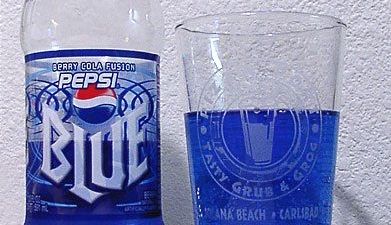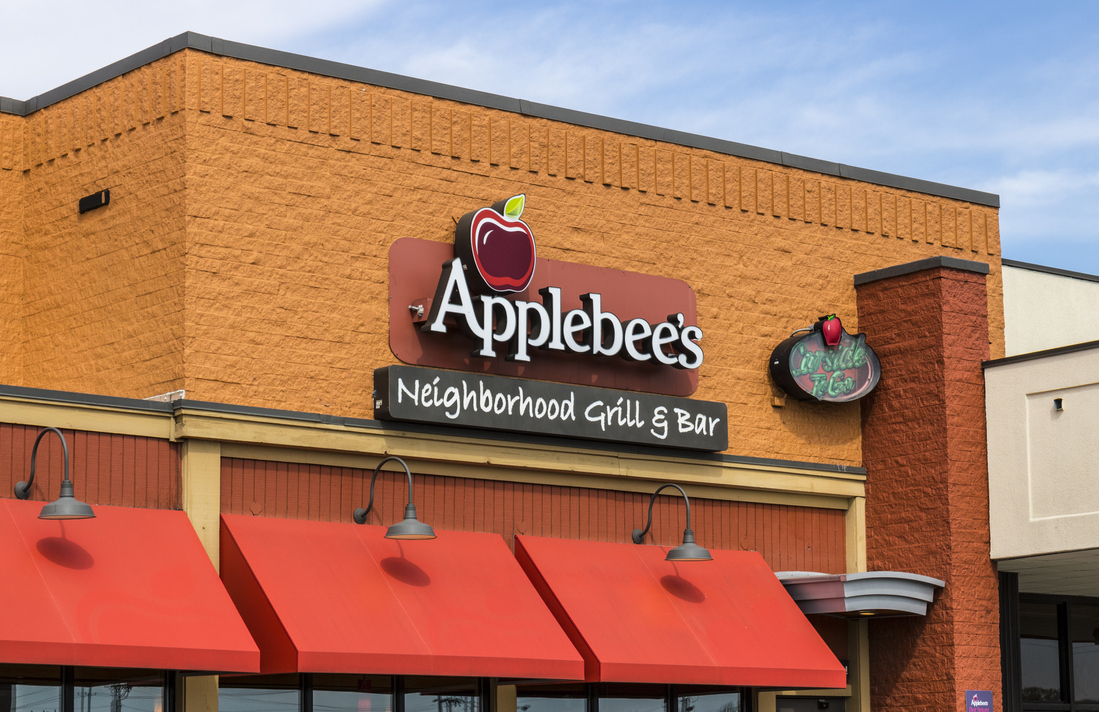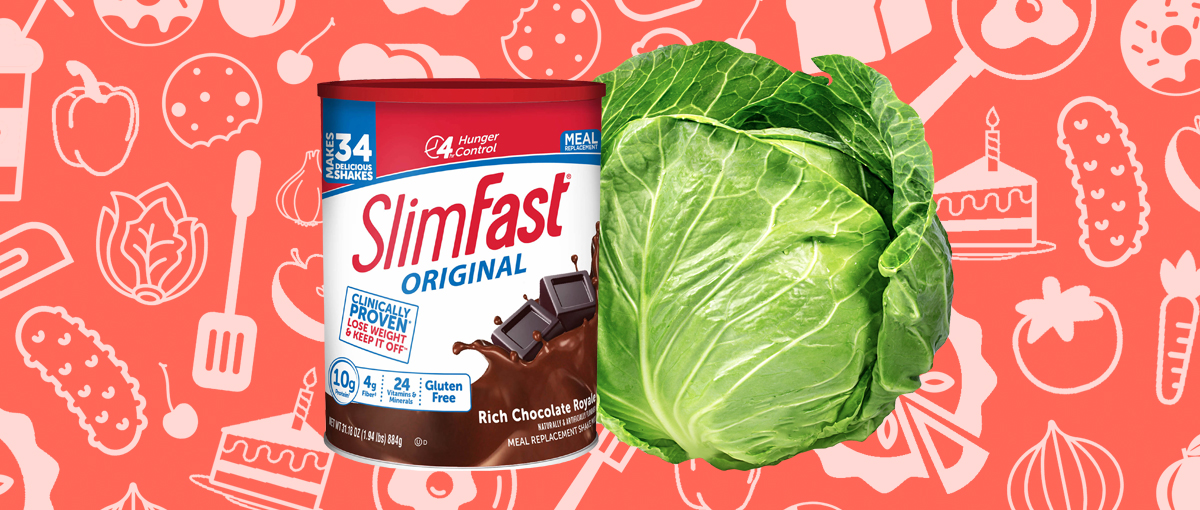It’s been more than 100 years since the RMS Titanic sank in the icy cold waters of the Atlantic Ocean. If you don’t know the story by now… well, where have you been?
It’s nearly impossible to escape the tragedy that surrounded the events, between the infamous James Cameron movie released in the 1990s, and all of the information that has come out about the boat ever since it sank. People seem endlessly fascinated with what happened on that cruise ship.
And can you really blame them?
Especially in today’s day and age, it’s crazy to think about how a gigantic cruise ship, especially one that was as well-known and as famous as the Titanic, could go down into the ocean like that without receiving any help at all (until it was pretty much too late, that is).
The Titanic sinking happened over a century ago…

Titanic Sinking/Wikimedia Commons/Public Domain
…But it’s endlessly fascinating to think about what life was like for everyone on board before tragedy struck.
And once you start digging, it gets pretty eerie.
It’s so interesting to think about what they wore, what they did for fun, what they were talking about, and, yes, even what they ate. The menu is pretty eerie (morbid as it may sound, it’s weird to think about what people were eating before they plunged into the ocean). Here’s what we know.
What people ate depended on what class they were traveling in
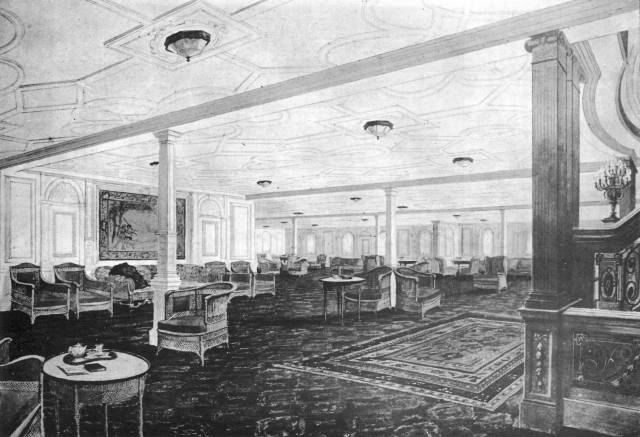
Titanic's first-class reception room/Wikimedia Commons/Public Domain
As you’ll know if you ever watched the movie Titanic, there were three very distinct classes on the ship: first, second, and third class (which was also known as steerage).
First class travelers ate better, higher-quality food than those in second or third class.

Much of the food was considered continental, not British
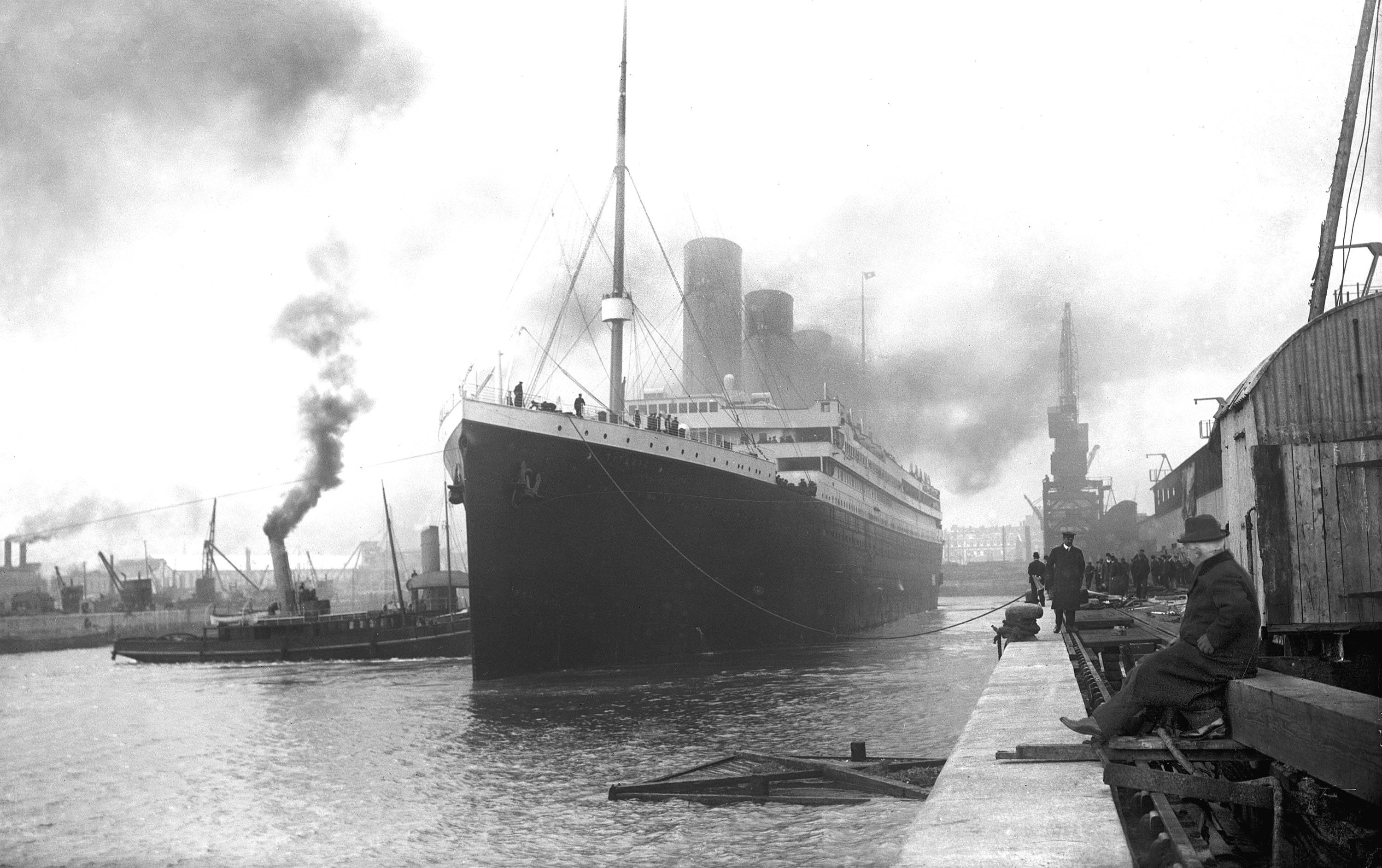
Titanic at dock/Wikimedia Commons/Public Domain
According to The Spruce Eats, the Titanic held thousands of pounds of meat, vegetables, fruit, and flour, as well as thousands of bottles of alcohol and 14,000 gallons of fresh water.
The food in second and third class was simpler and less pretentious than in first class.

First-class passengers, of course, received the most sophisticated dishes

But that doesn’t mean everything was peachy keen up in first class. In the late 1800s, families that came from “new money” began to infiltrate the higher ranks of society. “Old money” families sometimes showed disdain for these families with new money.
Old-Money families weren’t used to eating in public
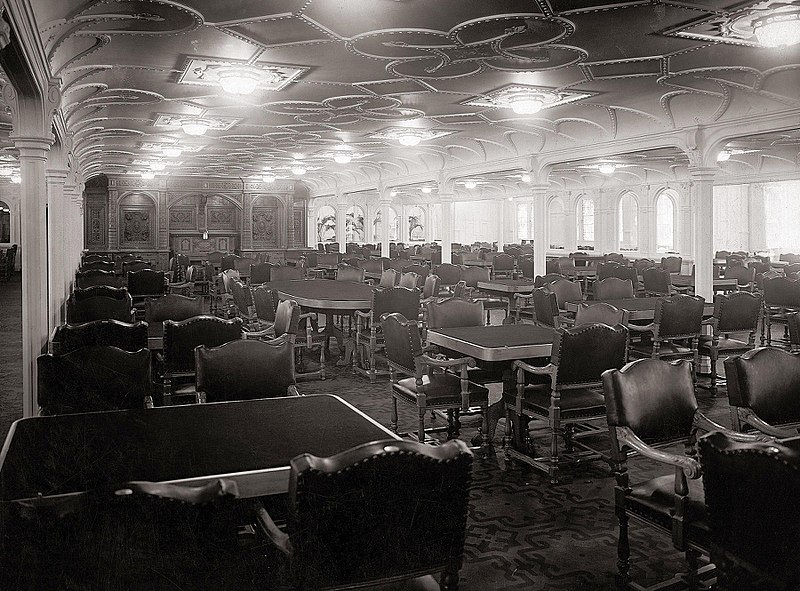
Titanic First Class Dining Car/Wikimedia Commons/Public Domain
As a new money rose to prominence — the white collar working class — so did the concept of the restaurant. Old money was often welcome in these establishments, but families from new money had to book months in advance.
According to the RMS Titanic Hotel, before the turn of the 20th century, it was considered uncouth for rich families to eat in public.
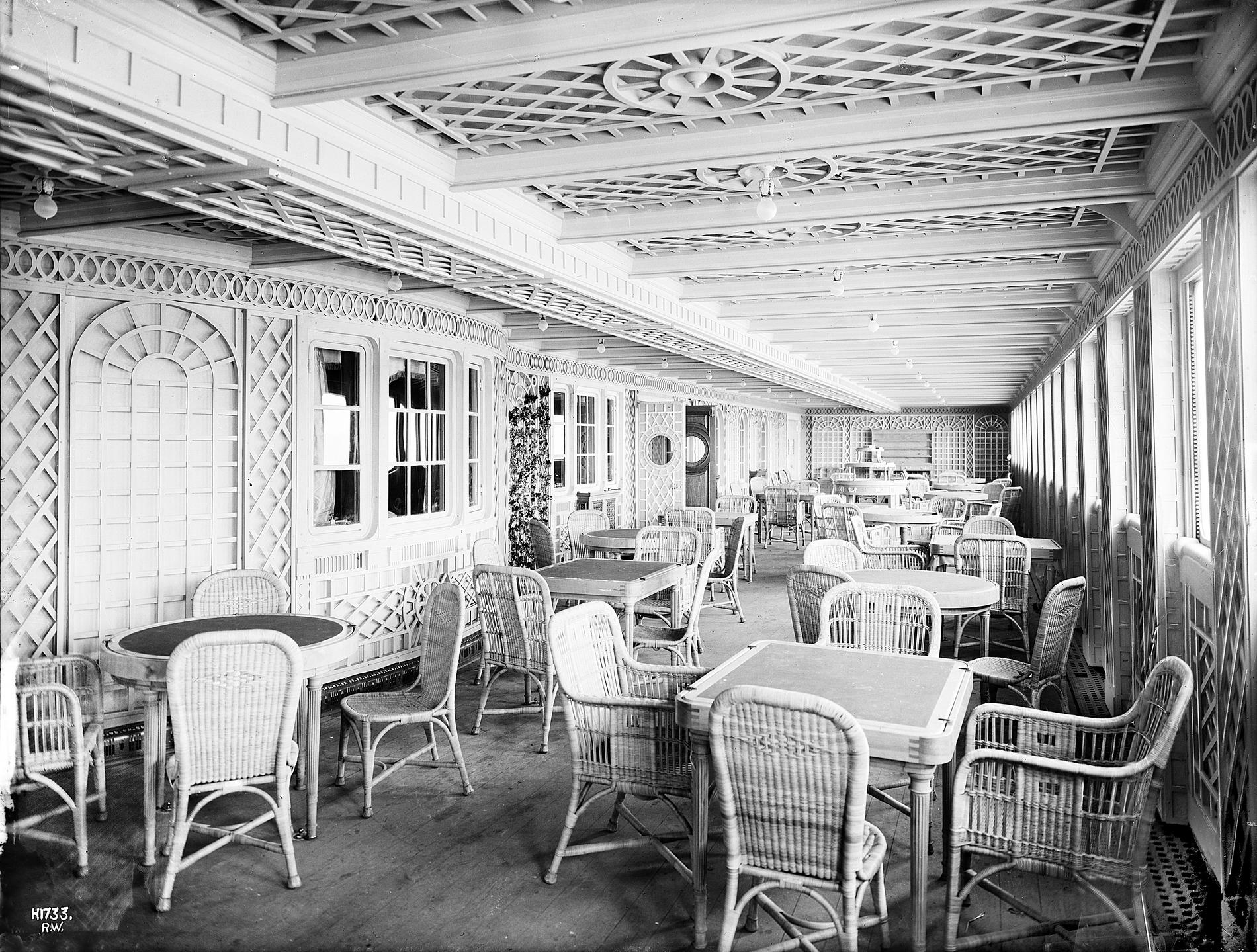
Cafe Parisien on the Titanic/Wikimedia Commons/Public Domain
Remember Miss Brown (Kathy Bates) in James Cameron’s 1997 blockbuster hit?

We are imagining that some of the newer money folks on board were in her exact shoes. This probably made for some interesting meal conversations between old and new money in the Titanic’s First Class dining room.
For breakfast, the selection was quite large

And they even had kosher options.
According to Texas Jewish Post, the ship had a “Hebrew Chef,” Charles Kennel, who was charged with making sure the meals were kosher for Jewish passengers.
The Titanic had a lot of Jewish emigrants on-board, most in steerage with other first-time travelers to America.
Breakfast included dishes like:
Baked apples and fresh fruit, stewed prunes, Quaker oats or boiled hominy.

iStock
Or puffed rice, fresh herring, Finnan haddock, and smoked salmon.

Grilled mutton kidneys and bacon.
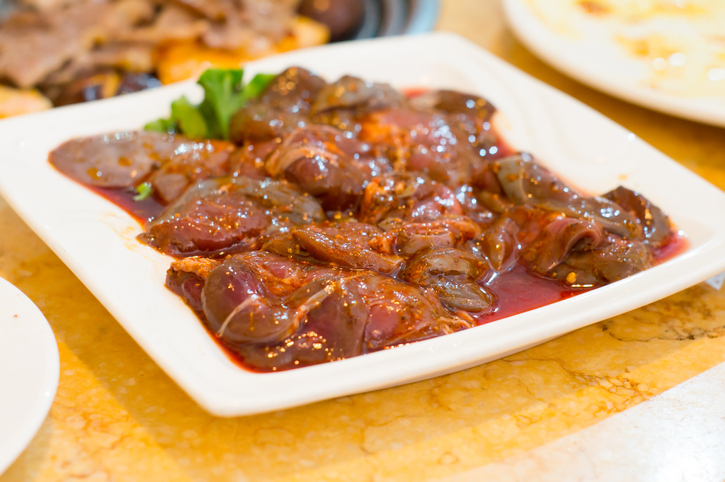
iStock
Grilled ham, grilled sausage, and lamb collops.
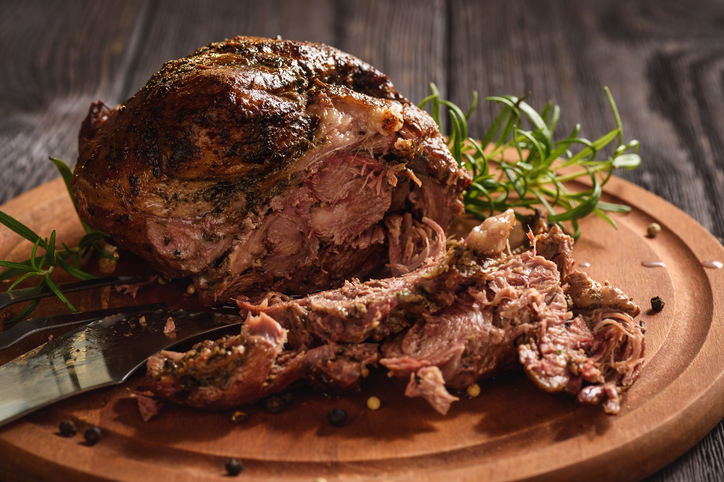
iStock
Lamb collops is a traditional Scottish dish. Using sliced lamb, the meat is prepared with onion, salt, and pepper, and then stewed, baked, or roasted.
Vegetable stew! Eggs!
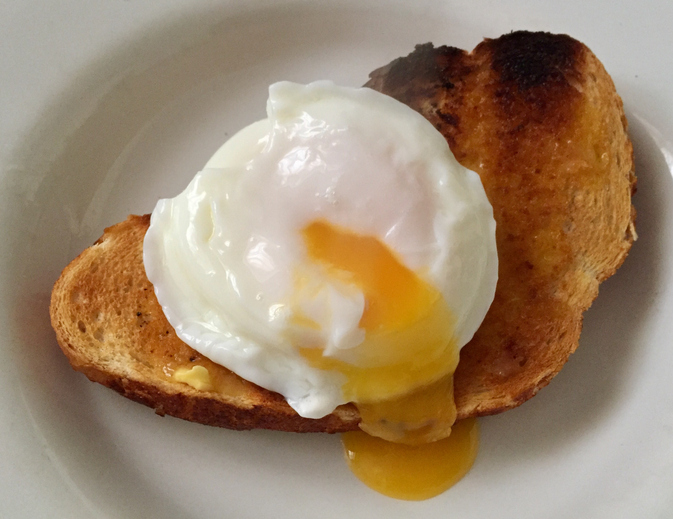
iStock
These could be fried, shirred, poached, or boiled. And there were other egg options as well.
Omelettes galore!

Guests could order them plain or with tomatoes.
Sirloin steak or mutton chops.
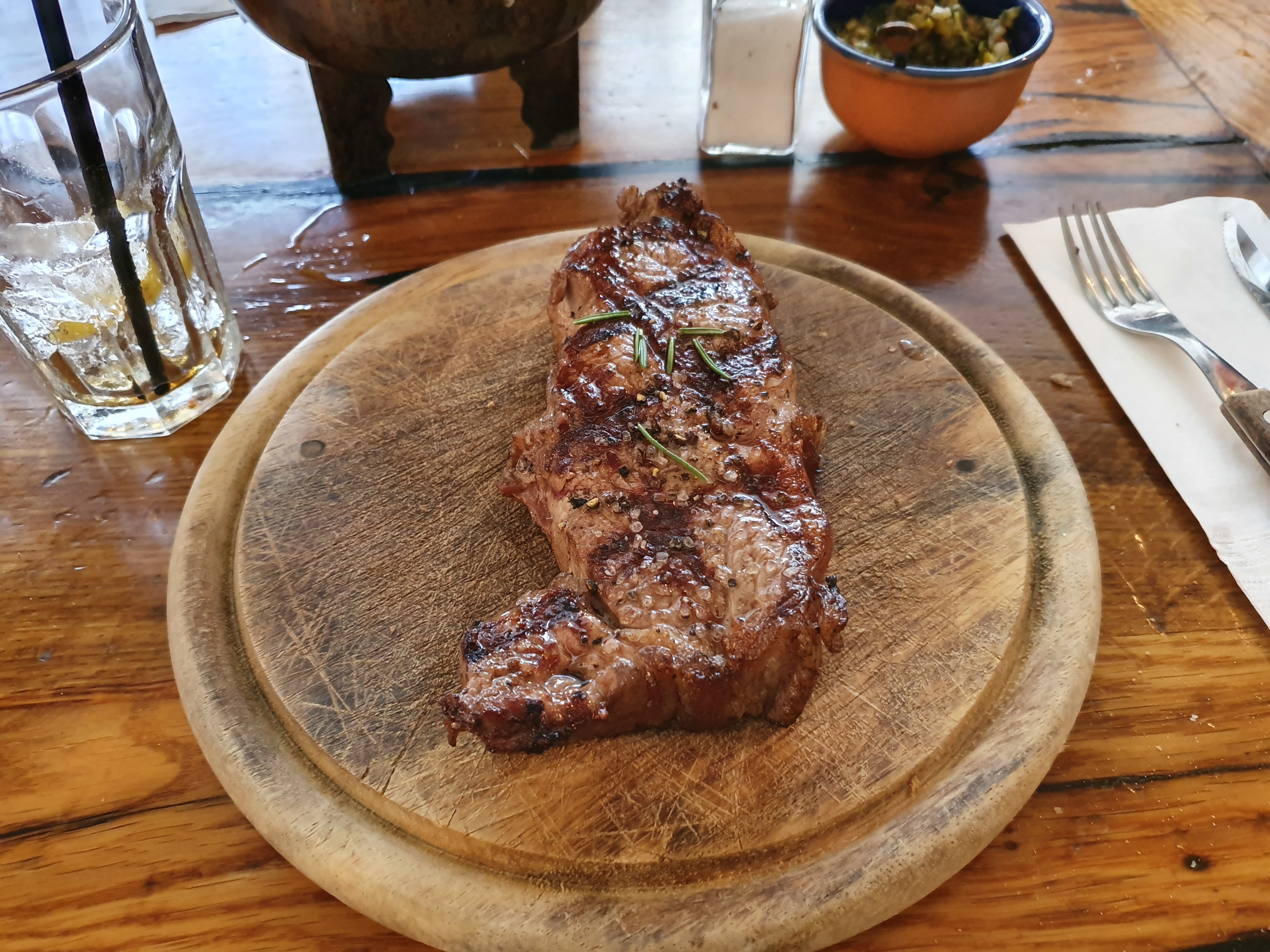
Steak/Wikimedia Commons/Public Domain
Both mutton chops and sirloin steaks were made to order. Yum.
Potatoes, please!

iStock
These came mashed, sautéed, or jacket.
Cold meat, Vienna and graham rolls, soda and sultan scones.
Corn bread

iStock
Buckwheat cakes, black currant conserve, Narbonne honey, Oxford marmalade, Watercress!
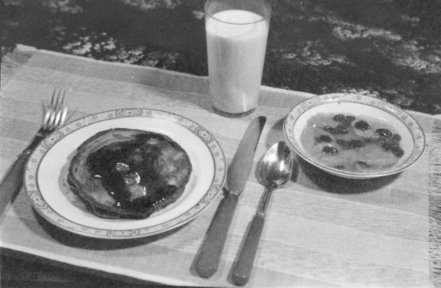
Buckwheat cakes with syrup/Wikimedia Commons/Public Domain
Lunch also had many options to choose from
The menu from April 14, 1912, shows that some of these included items we may not have ever heard of.
First Class menu for last luncheon before the Titanic went down, this week 1912: pic.twitter.com/p5hH6yii2Q
— Michael Beschloss (@BeschlossDC) April 7, 2019
Fillets of brill
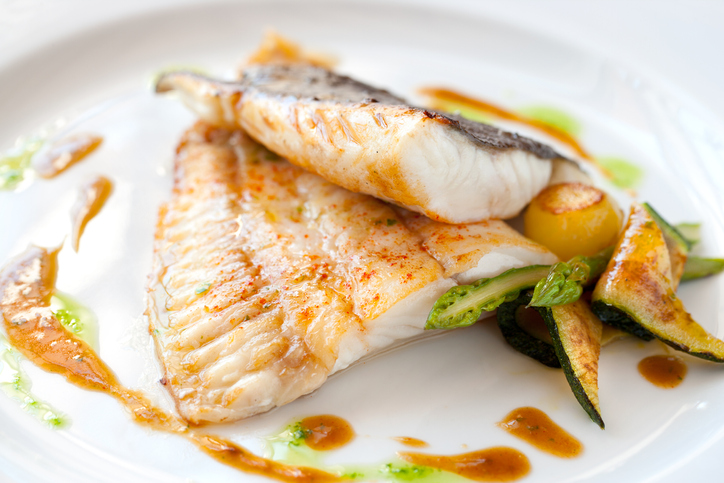
iStock
This was a popular fish in the U.K. It is still has some clout in the U.K., and nowadays, it is sometimes prepared with a rich lobster sauce.
Egg a l’argenteuil
The fancy name of this dish is deceptive, given its two simple ingredients: scrambled eggs and asparagus.
Chicken a la Maryland

iStock
This was basically just fried chicken. There are several different variations of the recipe, some of which include a decadent cream sauce, corn fritters, and even sliced bananas.
Corned beef with vegetables and dumplings
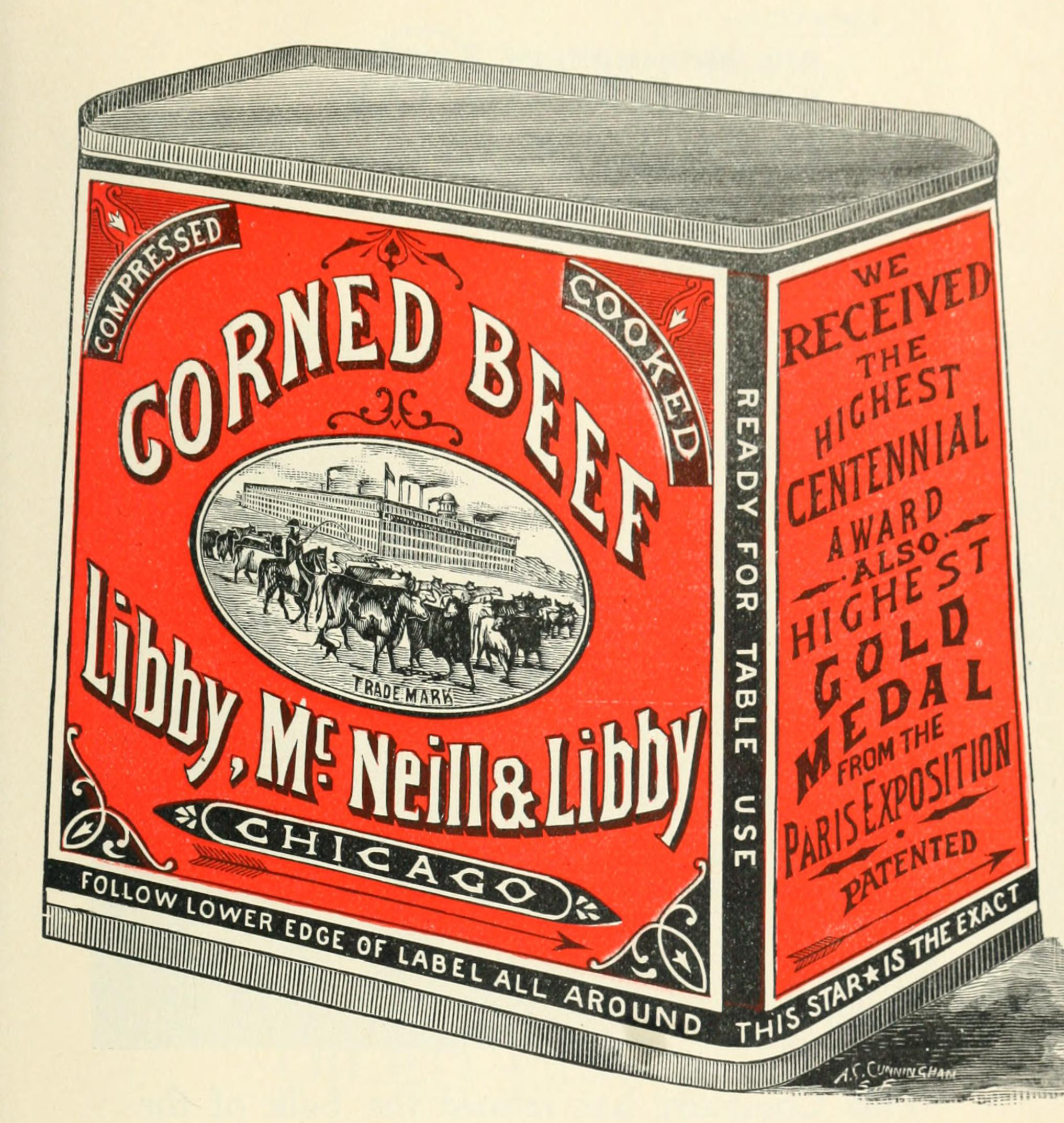
Corned Beef/Wikimedia Commons/Public Domain
There was also grilled mutton chops, a variety of potatoes, custard pudding, apple meringue, and pastries.
The buffet offered more options, like salmon mayonnaise or potted shrimps

This was brown shrimp in a nutmeg-flavored butter.
Norwegian anchovies or soused herrings
This is herring soaked in preserved liquid. They were often served with cheeses and cured meats, and the plate was meant to be shared.
Plain and smoked sardines, roast beef, round of spiced beef, or a veal and ham pie.
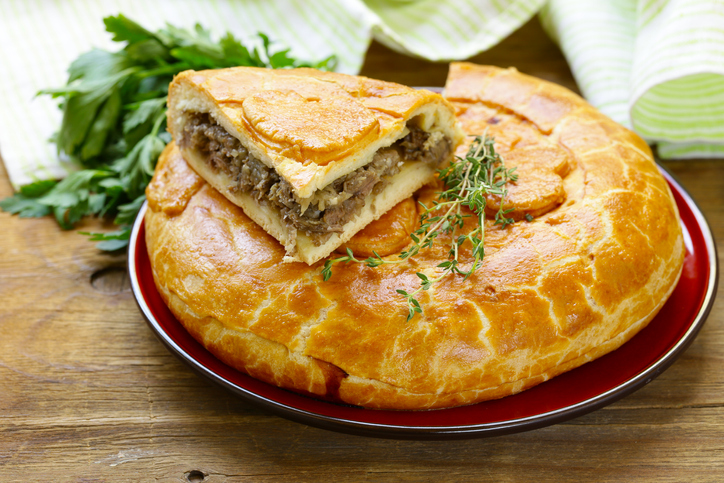
iStock
Virginia and Cumberland ham
This was baked ham with a tangy sauce, which is traditionally made with Dijon mustard and cucumber sauce. It is often served cold as well, and the ham was to be thinly sliced.
Brawn
Brawn is meat from a pig or calf head that is prepared by being cooked and pressed down in some kind of heavy pot, paired with jelly.
Bologna sausage or galantine of chicken
Galentine of chicken is very similar to brawn: it’s deboned, stuffed meat that’s served cold and coated with aspic.
It’s stuffed with forcemeat–a mixture of meat and chopped vegetables–and pressed into a round shape.
Corned ox tongue, with a variety of cheeses
The dinner on April 14th for the first class was an extravagant affair
#OnThisDay in 1912 the passengers of the Titanic sat down for what would be the ship's final meal. This menu shows what the first-class section dined on mere hours before the iceberg was struck.
— Britannica (@Britannica) April 15, 2018
via https://t.co/4qyDFQas3o pic.twitter.com/WyovsqUBne
There were numerous dishes and items for passengers to choose from for what would become their final meal.
Main courses included…
…Everything from Hors d’oeuvres like oysters to consomme Olga (a veal recipe), cream of barley, and salmon with mousseline sauce and cucumber.
Filet mignons Lili
This decadent dish included seared foie gras and sliced truffles.
Sautee of chicken Lyonnaise
If you’ve heard of this before, perhaps you are a Downton Abbey fan–the dish also makes an appearance in the popular series. While we don’t know exactly what “a la Lyonnaise” means, experts speculate it included tomatoes, onions, and vinegar.
Vegetable marrow Farcie
This was the vegetarian option for the first class. Veggie marrow is a green, oval summer squash that looks and tastes like a zucchini. It’s made something of a comeback in contemporary times, too.
Lamb with mint sauce, roast duckling with applesauce, sirloin of beef with chateau potatoes…
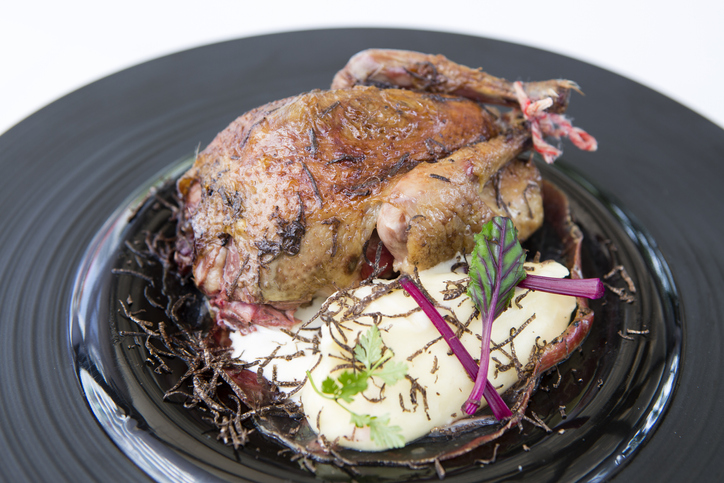
iStock
…or you could choose green peas, creamed carrots, boiled rice, boiled new potatoes, punch romaine, roast squab and cress.
Squab is just pigeon.
This may sound a bit strange, but there was actually a time when pigeon was a staple of the American diet. In fact, many professional and celebrity chefs still like to use the small bird in dishes.
Cold asparagus vinaigrette, pate de fois gras, celery
Dessert was fairly simple
But that doesn’t mean the desserts on the Titanic skimped on the decadence. These desserts were rich, creamy, and often French (or at least “French named”), as that is what high society in England thought was posh.
Waldorf pudding
This is almost like a bread pudding, but it uses English walnut meat instead.
Peaches in chartreuse jelly, chocolate vanilla eclairs, French ice cream
The Peaches in chartreuse jelly is fairly simple to make today, too.
The second class had a different breakfast menu each day.
Check out this menu for second-class breakfast on the Titanic: http://t.co/FepK5M7JGB pic.twitter.com/exSyU3n8Ty
— New York Magazine (@NYMag) April 22, 2014
This was unlike the first class, which had the same options each day.
The breakfast menu for April 11th included:
Fruit, rolled oats, boiled hominy, Yarmouth bloaters
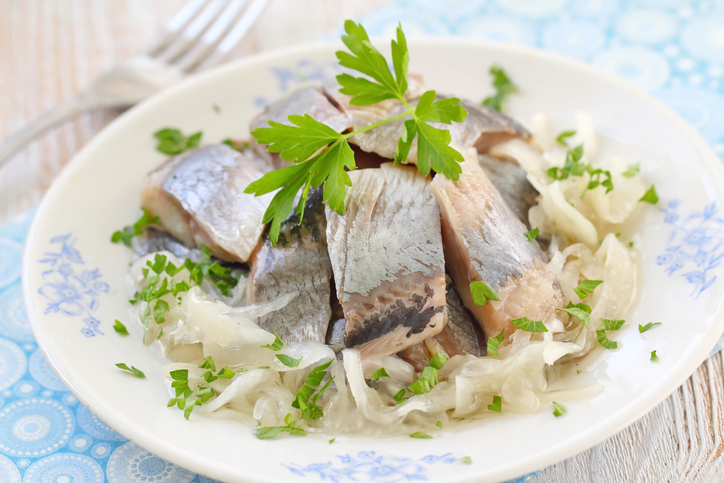
iStock
“Yarmouth bloaters,” may not sound appeasing, but it was a popular (and shelf-stable) dish in the early 20th century; it was canned (and sometimes pasted) herrings.
Grilled ox kidneys and bacon, American dry hash au gratin…
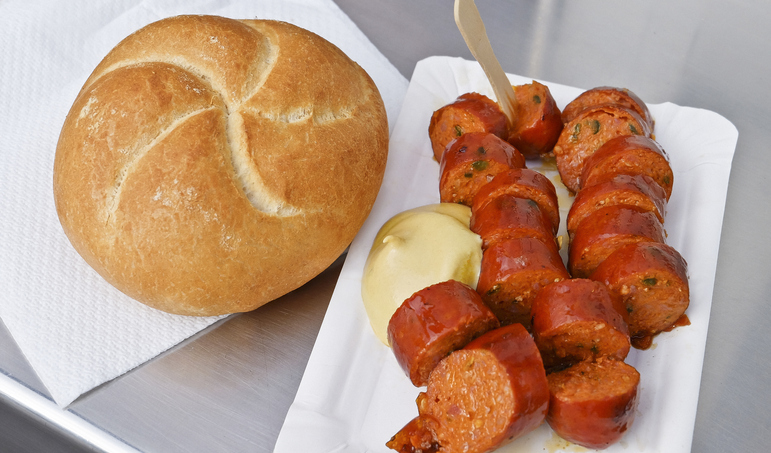
iStock
…or grilled sausage and mashed potatoes, grilled ham and fried eggs, fried potatoes, or Vienna rolls. These are also called Kaiser rolls.
Graham rolls, soda scones, buckwheat cakes with maple syrup
Irish soda bread was a staple for lower socio-economic citizens, especially in Ireland during the Potato Famine. But this famed bread didn’t make its debut in Ireland; it was invented by Native Americans and later adapted by Europeans.
For dinner, the second class didn’t have as many options as the first
107 years ago tonight Spring Lamb & Mint Sauce were a few of the menu items that studded the #Titanic menu in 2nd class with hints of #spring! Passengers like swindler Dr. Ernest Moraweck ate Coconut Sandwiches, Wine Jelly & American Ice Cream! @amazon @booksamillion @BNTrends pic.twitter.com/kN1fHzhBb8
— Veronica Hinke (@FoodStringer) April 15, 2019
Still, their menu doesn’t look too bad!
This menu included:
Consomme tapioca
This is basically fish-eye soup. And fish eyes were (and still are) considered a delicacy to some. They have a salty taste.
Baked haddock, curried chicken and rice, spring lamb with mint sauce…
…roast turkey with cranberry sauce, green peas, puree turnips, boiled rice, boiled and roasted potatoes, plum pudding, wine jelly, and coconut sandwiches.
This blog says that coconut sandwiches were literally sandwiches filled with… coconut.
American ice cream
Because of course. While we aren’t sure what makes it “American” ice cream, we are sure it was delicious.
Nuts, fresh fruit, cheese, biscuits, and coffee
The third class did have decent meals, though not as grand as first or second class.
The menu for 3rd class passengers on the Titanic (1912). pic.twitter.com/ugAj7xHyKB
— Prof. Frank McDonough (@FXMC1957) April 14, 2019
They also didn’t get as many daily options.
For breakfast, they had these options:
Oatmeal porridge and milk, smoked herring with jacket potatoes, ham and eggs, fresh bread and butter, marmalade, Swedish bread, tea, and coffee.
The third class dinner options were much fewer as well.

The menu from April 14th shows that there was:
Rice soup, fresh bread, cabin biscuits, roast beef with brown gravy, sweet corn, boiled potatoes, plum pudding, fruit, tea, cold meat, cheese, stewed figs and rice, and fresh bread and butter.
It’s almost creepy to think about all of those poor people eating this stuff before the impending doom that was the sinking of the ship.
But hey, now you know.



